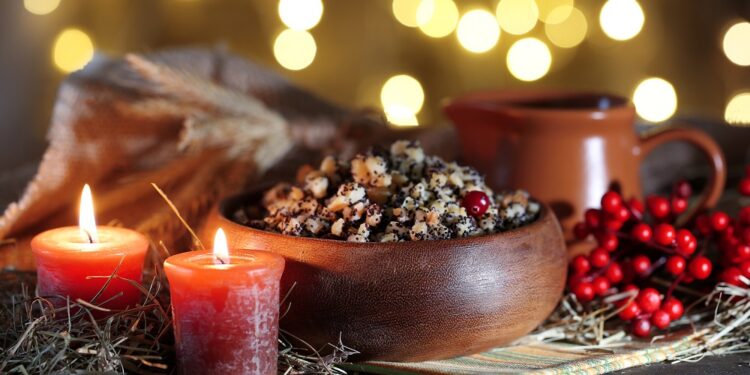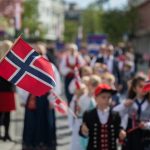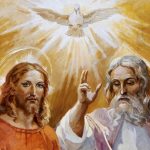
Orthodox Christmas Eve
Orthodox Christmas Eve, marked primarily on January 6th, stands as a significant religious observance for millions of Orthodox Christians around the world. This eve, preceding the celebration of the birth of Jesus Christ on January 7th, is steeped in rich traditions and customs that vary across different cultures yet share a common thread of faith and reverence.
Historical Background
The divergence in dates between Orthodox Christmas and the widely celebrated December 25th Christmas stems from a calendar difference.
The Orthodox Church continues to follow the Julian calendar for its liturgical observances, whereas the Gregorian calendar, introduced by Pope Gregory XIII in 1582, is widely used for secular purposes and by the Roman Catholic and Protestant churches.
This calendar shift resulted in a 13-day difference, placing Orthodox Christmas on January 7th in the Gregorian calendar.
Facts About Orthodox Christmas Eve
Orthodox Christmas Eve is rich in symbolism and religious significance. The day is marked by fasting, where adherents abstain from meat and dairy products, reflecting a period of spiritual preparation and purification leading up to the celebration of Christ’s birth.
This fast culminates in the evening with a special meal known as the Holy Supper in some traditions, featuring foods symbolic of Christ and the Twelve Apostles.
Traditions and Observances
The traditions of Orthodox Christmas Eve vary widely among different cultures but share common religious themes. In many Eastern European countries, the Holy Supper is a focal point of the evening. This meal typically includes twelve dishes, representing the twelve apostles, with strict adherence to fasting rules.
Foods like kutya, a sweet grain pudding, are common in countries like Ukraine and Russia. Another widespread tradition is the singing of carols. These songs, often deeply spiritual and reflective of the local culture, are sung to celebrate the birth of Christ.
In some regions, carolers go from house to house, spreading joy and blessings. Church services play a crucial role on this day. The evening liturgy, often a solemn and reflective service, leads into the joyous celebration of Christ’s birth at midnight.
The churches are usually adorned with festive decorations and nativity scenes, creating an atmosphere of reverence and celebration. In countries like Greece and Serbia, outdoor processions and gatherings are common, where the community comes together to celebrate and reflect on the significance of the day.
The lighting of bonfires is a tradition in some regions, symbolizing the light of Christ entering the world.








